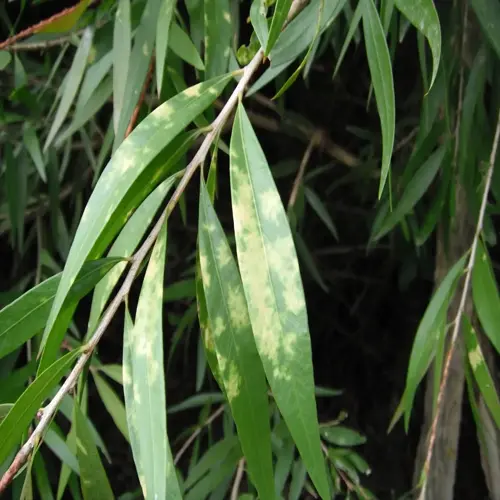What causes yellow leaves on zucchini plants?

Written by
Olivia Mitchell
Reviewed by
Prof. Samuel Fitzgerald, Ph.D.Yellowing leaves on zucchini plants indicate a variety of problems that require prompt diagnosis and correction. This shows stress on the part of the plant caused by unfavorable nutrient relations, improper watering, and disease. I had misdiagnosed the yellowing of zucchini as an indication of maturity, losing two plants before I had learned certain unmistakable characteristics. A good diagnosis can save one from minor troubles that may result in crop failure.
Water Management
- Water only when top inch of soil is dry
- Use drip irrigation to keep foliage dry
- Ensure containers have drainage holes
Nutrient Balancing
- Test soil pH every spring (ideal 6.0-7.0)
- Apply balanced fertilizer at planting
- Side-dress with compost monthly
Disease Prevention
- Space plants 3 feet apart for airflow
- Remove lower leaves touching soil
- Disinfect tools after handling diseased plants
When older leaves turn uniformly yellow, quickly address nitrogen deficiency. Continue to apply liquid fish fertilizer every 10 days until the yellow-brown leaves return to a green color. I make a new batch of compost tea every day, adding 1 tablespoon of Epsom salts per gallon for a magnesium boost in addition to the compost tea. Testing the soil every spring will prevent the same deficiencies from recurring.
Distinguishing between overwatering and drought stress is achieved by examining soil moisture levels. Insert your finger two inches deep before watering. Usually, container plants should be checked daily during heatwaves. Enhance drainage in your garden beds by incorporating perlite or coarse sand. My zucchini plants were thriving again in a week after I fixed the drainage.
You can help prevent powdery mildew by exposing it to the morning sun and increasing airflow. Remove affected leaves immediately, disinfecting the shears in bleach solution between cuts. Prevent spread by spraying leaves weekly with a milk spray made from 40% milk and 60% water. This organic, chemical-free treatment effectively eliminated mildew in my garden.
If a virus infects the plants, they will exhibit crooked new growth, accompanied by yellow mosaic patterns on their leaves. The only remedy is to remove the entire affected plant to prevent spreading to other vegetables. The viruses are spread by aphids, which can be controlled through the application of neem oil. I also now check the plants every week to find any problems before they become insurmountable.
Read the full article: When to Plant Zucchini for a Bountiful Harvest

